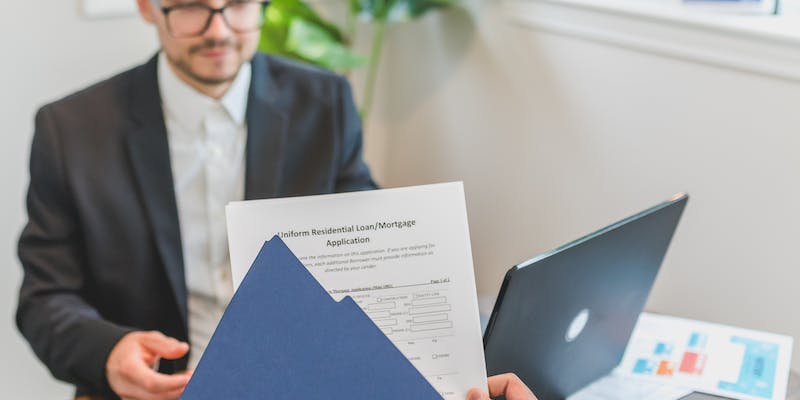
Whether a mortgage is for a home purchase or a refinance of an existing mortgage, it is important that the borrower knows what costs are associated with a mortgage. As a major financial decision, it does come with expenses that need consideration. After all, the borrower will be living with the final mortgage for quite some time into the future.
-The amount of funds that are actually borrowed from the lender is called the principal. This is also the amount of money that is left to fund after the down payment has been made. The larger the down payment is, the less the principal amount will be. Through a series of calculations for debt to income and loan to value ratios, the lender will advise a borrower of the maximum amount of principal that can be borrowed. Borrowers, on the other hand, should do whatever is possible to keep the principal amount down by paying as much as they can as a down payment.
-Whether the mortgage is a fixed rate loan or an adjustable rate loan, the interest rate must be considered when looking at how much the loan is going to cost. The truth in lending (TIL) will show the borrower the total cost of the loan for the entire period of time that the loan is held. While these numbers are a fine starting point for fixed rate mortgages, they are not so accurate for adjustable rate loans since the future mortgage rate is unknown. The lender should be able to help the borrower with an estimate of costs when an adjustable rate mortgage is used.
-When the down payment on the mortgage is less than 20%, the borrower will have to pay for private mortgage insurance (PMI). Private mortgage insurance protects a lender when a borrower does not make the mortgage payment or defaults on the loan. When looking for the amount that is paid for PMI, the lender should be able to advise the borrower as to the annual percentage being charged for this coverage.
-Property taxes are another expense that the borrower should be aware of. While they are paid annually, most borrowers pay this with their monthly mortgage payment; the funds are held in escrow until due. It is a good idea to find out from the local tax authorities what the projected taxes will be, especially when purchasing a newly built home where previous taxes were based on vacant land. In all instances, the fluctuation in home market values can have an affect on property taxes each year.
-Home insurance expenses are also often paid monthly with the mortgage payment and held in escrow. Since home insurance costs vary according to location and state, it is important to speak with an agent to find out what these costs will be. Again, because property values can fluctuate, so will home insurance costs. In disaster prone areas, home insurance can be difficult to obtain and/or the cost can be extremely high.
-Lastly, the mortgage itself does cost money which is presented as closing costs. Some of these fees are appraisal fees, application fees, origination fees, inspection fees if necessary, title insurance fees, recording fees and several others. These fees can add up to thousands of dollars. By examining the Good Faith Estimate, the borrower will be able to see exactly what fees are being charged and for how much. In some cases, several of these fees can be negotiated.
Obtaining a mortgage for a home purchase or for a refinance does not come cheaply. Every borrower should know what expenses are involved so that they know how much the mortgage is actually costing them. By doing so, they will be able to make a better financial decision before the final closing.
Rosemary Rugnetta has been writing since 2010 for FreeRateUpdate.com, a company that matches consumers with banks and lenders offering low mortgage rates. Previous to her writing career, Rosemary spent 13 years working hands-on in the mortgage industry as a mortgage loan analyst, mortgage processor, property manager, and a mortgage underwriter.
